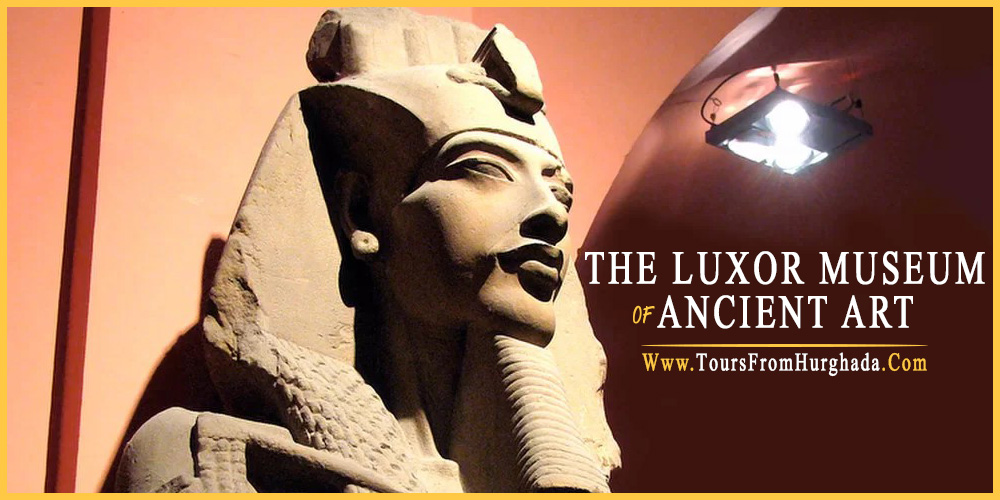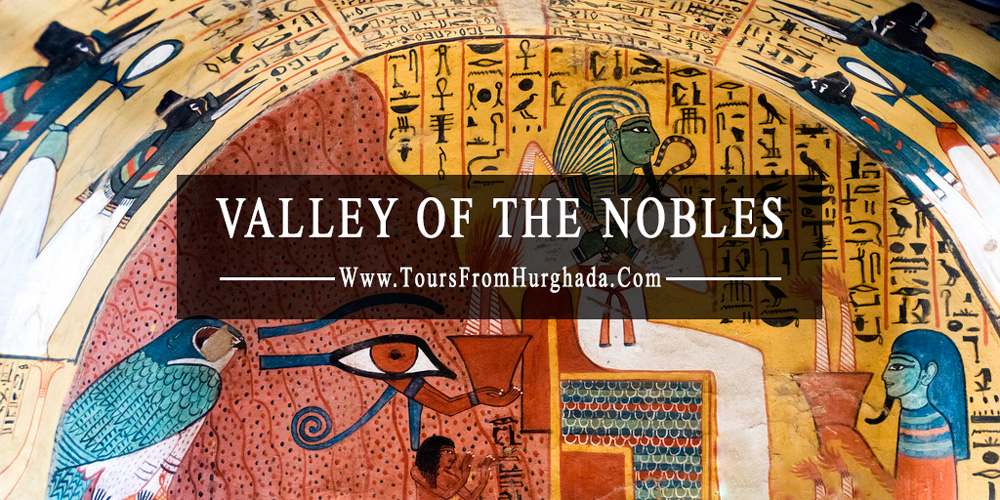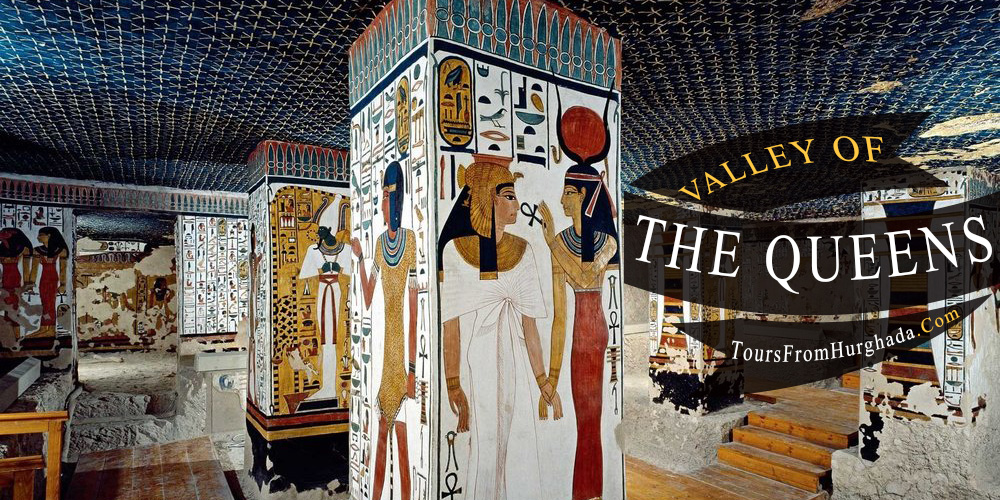There is no better destination in Luxor that can reflect the brilliance of ancient Egyptian artistic design and architectural capability than the Luxor temple. It is able to detail and showcase all the beautiful essence of ancient Egyptian culture. Luxor temple played a key role in shaping the history of Egypt as the center of the political and religious aspects of Thebes through the centuries. This sanctuary represents the glory of the ancient days of the new kingdom and acts as evidence of the greatness of the ancient Egyptian kingdom.
Luxor Temple History

Luxor temple was built in 1400 BCE during the new Kingdom (1550-1070 BC) in the reign of Pharaoh Amenhotep III (1390-1352 BC) of the 18th dynasty and completed by the boy king Tutankhamun (1336-1327 BC) and pharaoh Horemheb (1323-1295 BC) under the name "Ipetresyet" which means “the southern sanctuary” that the city still holds until today. It was also enlarged and expanded by pharaoh Ramses II (1279-1213 BC). Luxor temple stature dropped over the centuries but the glory days of Amenhotep were once restored by Alexander the Great in 320 BC where it became the core and capital of the Roman Emperor's cult.
Luxor Temple Location

The Luxor temple is located in upper Egypt on the east bank of the Nile in the center of Luxor. The temple is also known to be not that far away from the city resort of Hurghada.
Luxor Temple At Night

The night has this strange magical ability to showcase the hypnotic beauty of the Luxor temple in the finest manner. The light of the moon makes the temple feels as if it's alive and starts to reveal the hidden secrets of the old, that's why it has attracted the infinite amount of travels and explores over the years.
Luxor Temple Festivals

It was dedicated to the God Amun of the Theban Triad with Mut and Khonsu and to the concept of the rejuvenation of kingship. Luxor temple was the annual destination for the Opet Festival where the three statues of the Amun the creator god, Mut the goddess of justice and Khonsu the god of the moon are transported from the Karnak temple to the Luxor temple to showcase the concept of rebirth, resurrection, and immortality.
Luxor Temple Architecture

Luxor temple is one of the most recognized and visited landmarks in Egypt due to its amazing preserved condition and enchanting carvings & decorations plus the rare phenomenon of having only two pharaohs leaving a significant mark on the structure. The temple holds several pylons that can reach 70 yards long and the entrance of the temple is in the north has the famous Sacred Way Known as Avenue of Sphinxes.
Ramses II constructed a pylon of two towers at the height of 24m long and 65m wide which are decorated with his military expeditions and victory at the battle of Kadesh.
The temple contains a peristyle courtyard dating back to King Amenhotep which contains the best-preserved columns on the eastern side while the southern side is made up of 32 columns that leads to the inner sanctums which were used as a chapel during the Roman times. The temple also holds a birth shrine built by Amenhotep III and a Barquq shrine to be used by Amun built by Alexander.















